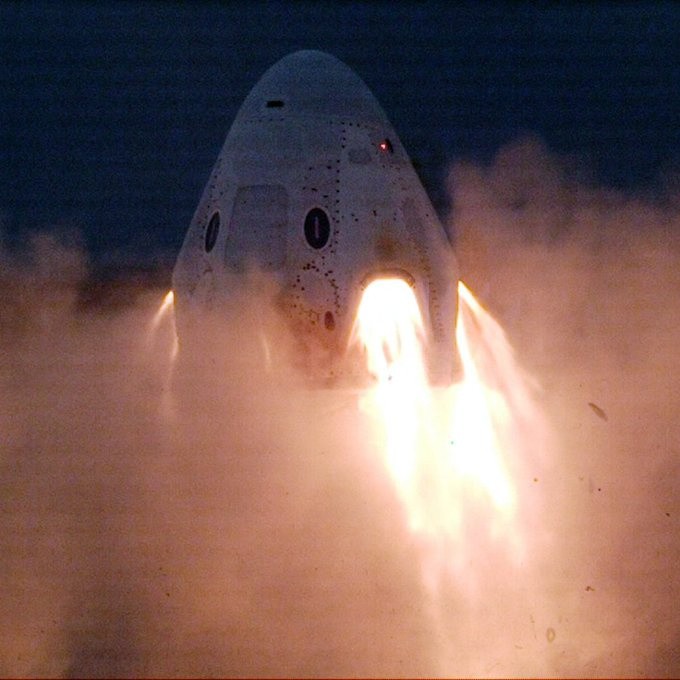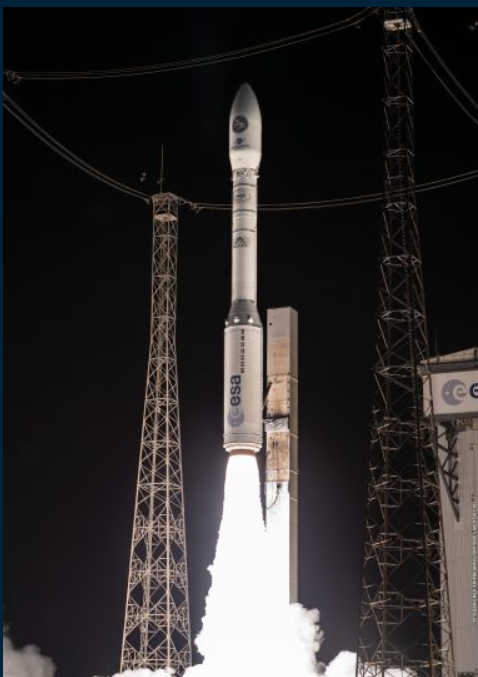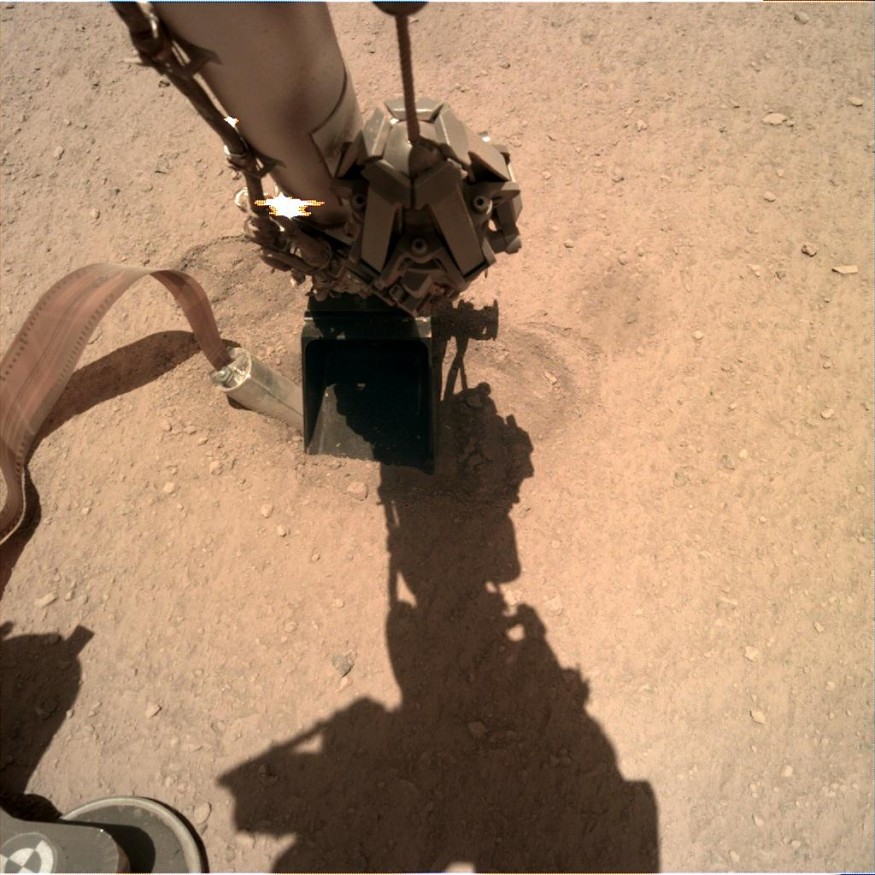Spaceflight is not always about success. Sometimes, a slight change in calculations can send spacecraft crashing but if there is a silver lining in these failed missions, it's that astronomers and engineers have improved their theories in creating spacecraft that will eventually complete their mission. Before the year ends, let's pay our respects to the failed space missions that gave way for knowledge and understanding.
CHINA'S ROCKET AND SATELLITE FAILURES
Early this year, Chinese company OneSpace attempted to launch a satellite aboard the OS-M1 rocket. The company indicates that the primary reason for the failure was the loss of control during the first phase of separation a minute right after the rocket took off.
The OS-M1 is a 19-meter tall rocket that weighed 20 metric tons. It is designed to carry the Lingque-1B verification satellite meant for a Beijing-based nanosatellite developer called ZeroG Labs.
IRANIAN ROCKET LAUNCH
Back in February, Iran attempted to launch the Doosti satellite but satellite images suggested that the launch fell short just after its liftoff. The Doosti satellite is meant to be a remote sensing satellite and it was developed at the Sharif University of Technology in Tehran, according to Associated Press. This launch was controversial because of the United State's disapproval of the project.
The satellite images of the launch site were captured by Colorado-based company DigitalGlobe. The series of images were able to show a rocket at the Imam Khomeini Space Center and a launch pad with burn marks around it suggesting that a launch had taken place.
SpaceX CREW DRAGON ABORT MISSION
American space company SpaceX attempted a test launch for their Crew Dragon which ended in failure last April. The Crew Dragon was meant to transport astronauts to and from the International Space Station starting 2020. Upon initial inspection, the malfunction was caused by a leaky component that allowed nitrogen oxidizer to get into helium tubes which, in turn, destroyed a valve.

ARIANESPACE VEGA LAUNCH FAILURE
French company Arianespace experienced a heartbreaking loss when the Vega rocket experienced a malfunction that caused the launching of the rocket and United Arab Emirates' FalconEye-1 satellite. A couple of minutes after the liftoff, a major anomaly occurred around the rocket's Zefiro 23 Ignition which caused the system failure and the loss of the FalconEye-1 satellite.
The FalconEye-1 satellite was designed for crop monitoring and disaster management in the United Arab Emirates.

INDIA'S LUNAR CRASH
India's Chandrayaan-2 was successful in its ascend from Earth and its travel into the Moon. However, landing is a different story for this spacecraft. Back in September, Chandrayaan-2's moon lander Vikram crashed to the lunar surface and stopped communication with the astronomers and engineers back at the Indian Space Research Organisation headquarters. According to their official announcement, the engineers suspected an issue with Vikram's braking thrusters which did not slow down during the lander's descent.

MARS InSight TROUBLEMAKING MOLE
The Mars InSight lander was designed to have a built-in digger that will analyze the heat flow within the planet. However, the digger -- which they nicknamed the "mole" -- kept on getting stuck because the soil was harder than what the developers expected.
As of December, the mole is working perfectly fine (READ: Troublemaking Mars Lander "Mole" Is Digging Again).











